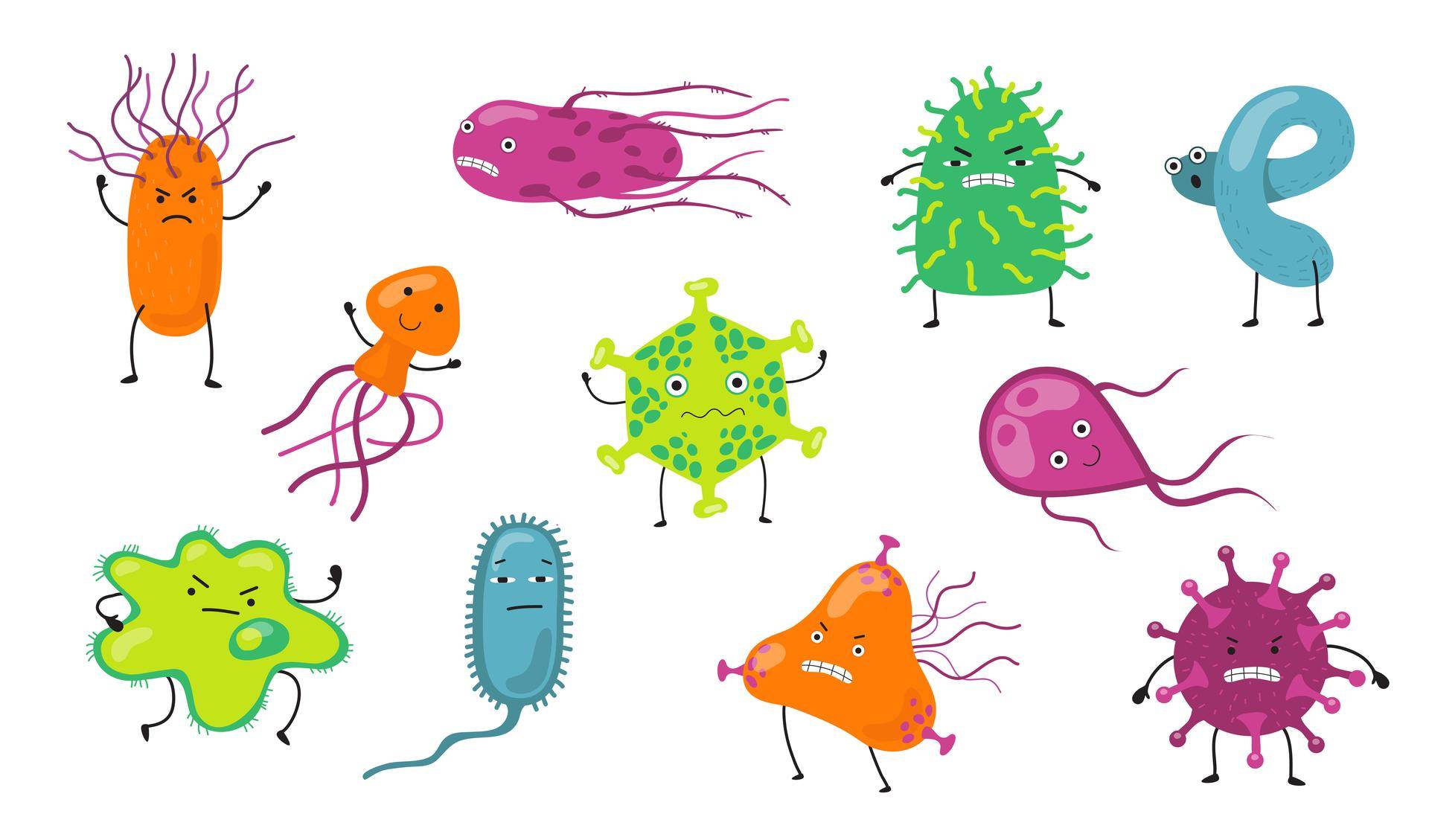

The Gemini of Gut Microbiome: Escherichia coli
The one celled organism that is so small that it can't be visible by naked eyes can play a dual role in our gut microbiome ecosystem. We are talking about our favourite bacterium Escherichia coli. In the scientist community this bacterium is called E.coli, short form of Escherichia coli similar to how we address ourselves as Humans except for our full name Homo Sapiens. Escherichia coli was discovered by the German Scientist Theodor Escherich in 1885 and got his 1st name after him. Since this bacterium is present in the colon of most of the animal hence it got its second name coli. A Nobel winning scientist Jacques Monod once said “What is true for E. coli is true for the elephant.” Well this statement might be puzzling to understand but what Monod wanted to explain here was that all living organisms operate in similar manner whether a bacterium or elephant.
Fun Fact: E.coli has won a record number of Nobel prizes. There are a number of Nobel-worthy discoveries to which E. coli has contributed. Making this bacterium the popular one in the ‘Scientist community’. Wo-hoo!!
In the gut microbiome world, E.coli is the only organism that 1st colonises the neonates at birth. Is E.coli a hero or villain in the gut microbiome world? Lets 1st know its heroic traits.
- Vitamin Production: In a healthy adult gut, friendly E.coli work tirelessly to produce vitamin K (which helps clot blood and supports wound healing) and prevent disease-causing bacteria from taking hold.
- Probiotic Properties: Another Fun Fact: E.coli Nissle, this strain of E.coli was discovered in the poop of the German man who was not affected by a diarrhoea outbreak that had infected many of his fellow soldiers, due to its probiotics properties and like a hero preventing infection to the host.
- Facultative Anaerobe Role: Helps maintain gut balance by depleting oxygen, aiding anaerobic bacteria in digestion.
- Carbohydrate Breakdown: Cooperates with microbes like Bacteroides thetaiotaomicron to process complex carbohydrates.
Although E.coli is considered as a Friend but some strains of E.coli can be a foe in disguise. Lets get aware of those who can cause serious damage.
- One of the most well-known harmful types is E. coli O157, which produces Shiga toxins and can cause severe food poisoning.
- The strain E coli 0157 is one such strain, and can be found in the gut of cows, sheep and goats. But when it enters the Human gut it can cause abdominal pain, bloody diarrhoea, kidney disease.
- Enterotoxigenic E.coli (ETEC): Responsible for traveler’s diarrhea, commonly acquired through contaminated water or food.
- Uropathogenic E.coli (UPEC): When E.coli is in the wrong place it can cause negative effects like, the most common cause of urinary tract infections (UTIs), affecting millions worldwide.
What Determines E. coli’s Fate?
The difference lies in genetic makeup and environment. Pathogenic strains acquire virulence factors via horizontal gene transfer, making them dangerous. Antibiotic misuse has also fueled resistance, worsening the threat.
Striking a Balance: To harness E. coli’s benefits while preventing harm:
- Hygiene & Food Safety: Handwashing and proper cooking prevent infections.
- Water Sanitation: Clean water reduces diarrheal diseases.
- Maintaining a Healthy Gut Microbiome and Avoiding Pathogenic Strains
Conclusion
E. coli is a paradox—both a gut ally and a potent pathogen. By understanding its dual nature, we can leverage its benefits while mitigating risks. Whether friend or foe, E. coli remains a microbe of great significance.
References
Gut microbiome: meet E coli – the infamous bacteria with an unfair reputation
Commensal and Pathogenic Escherichia coli Metabolism in the Gut
Escherichia coli Residency in the Gut of Healthy Human Adults

